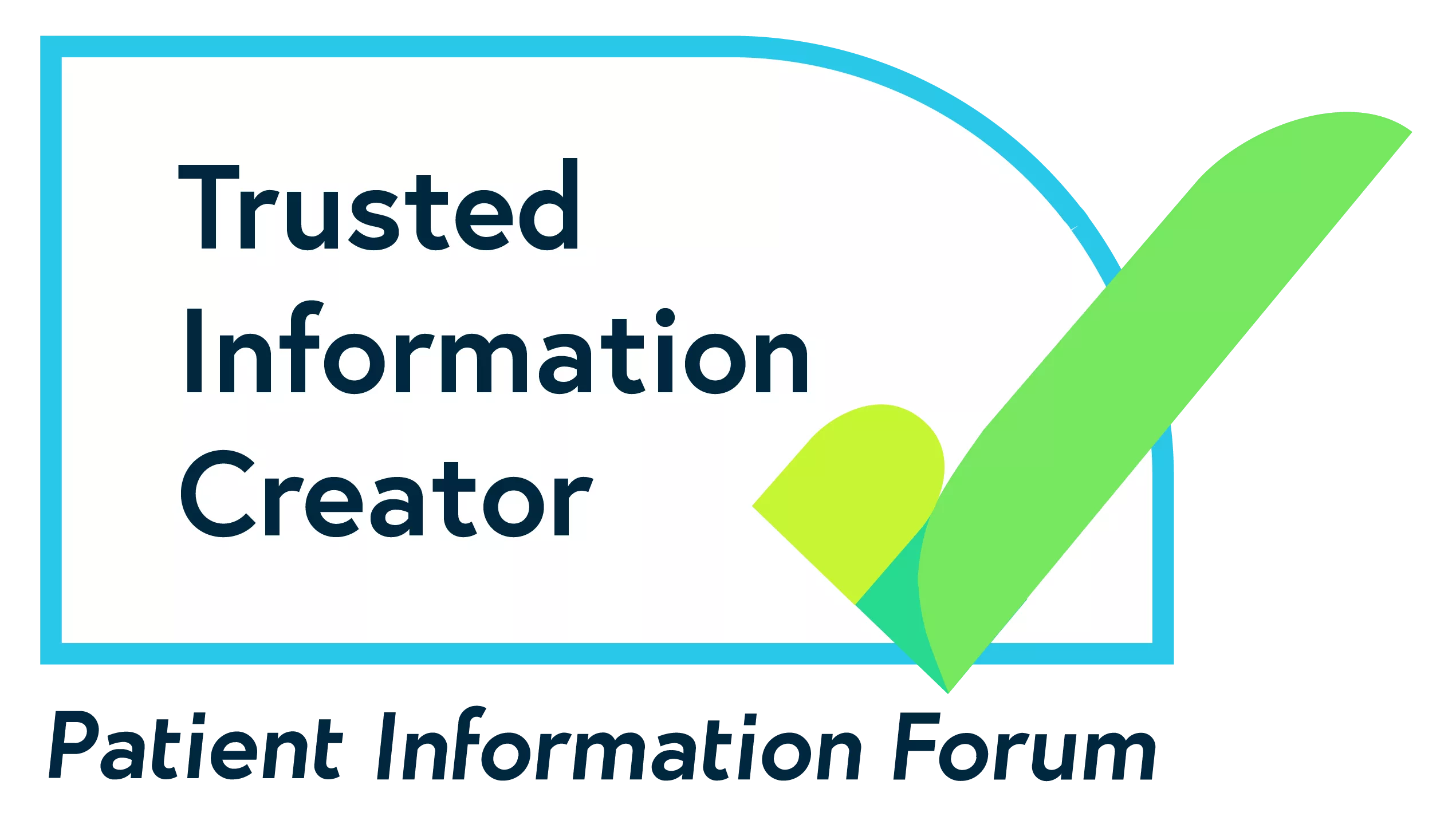Antipsychotics
Explains what antipsychotics are used for, how the medication works, possible side effects and information about withdrawal.
View this information as a PDF (new window)
I decided to try antipsychotics because my hallucinations and lack of sleep were putting my safety at risk. Before I was on my medication, I was exhausted.
Your diagnosis and symptoms
For example:
- For schizophrenia – all antipsychotics may help control the 'positive' symptoms of schizophrenia. But it is more likely that a second generation antipsychotic will be able to help with the 'negative' symptoms of schizophrenia. First generation antipsychotics often have little effect on the negative symptoms. Some of their side effects may even make your negative symptoms worse.
- You may try different types of antipsychotic and find that they don’t control your symptoms of schizophrenia. If you’ve tried two types of antipsychotic that haven’t worked, including a second generation antipsychotic, you may be offered clozapine.
- For bipolar disorder or severe depression – you are more likely to be offered a second generation antipsychotic.
Your past experiences of taking medication
This includes discussing what has and hasn’t worked for you in the past. For example, if you've tried one kind of antipsychotic and had lots of problems with it, you could try a different type instead.
Your medical situation
Our page on taking antipsychotics safely has information on when you might need to be careful about taking antipsychotics. It also covers situations when you may need to completely avoid taking antipsychotics.
What you want from your treatment
Your medication should always be chosen based on a discussion between you and those involved in your care, including your doctor and psychiatrist. This discussion should take your preferences into account. You could ask a trusted friend, family member, carer or advocate to join you in this discussion, if you wish.
See our pages on what to know before you take any drug and finding the right drug for you for ideas of what you might want to discuss during this conversation.
Or see our pages on seeking help for a mental health problem for advice on talking to healthcare professionals, having your say in decisions and making yourself heard.
The antipsychotic softens me – I’d be sharper and more animated without it, but I’d be at a much higher risk of spiralling high.
How quickly will they work?
This partly depends on how you take them:
- By mouth. If you take them by mouth, in tablet or in syrup form, the drug's sedative effect usually takes a few hours to begin. The liquid form may act more quickly than the tablets.
- Depot injection. Some antipsychotics are available by deep injection into a muscle, known as a 'depot injection'. This is a slow-release version, which acts slowly and steadily over the course of two to six weeks, or longer. See our page on depot injections for more information.
- Emergency injection. In an emergency, you may be given an injection into a muscle. In this case the sedative effect is rapid, and usually reaches a peak within one hour. If you are given the antipsychotic zuclopenthixol acetate (Clopixol Acuphase) as an emergency injection, it may take 36 hours to reach its peak. See our information on emergency injections to find out more.
Other factors that can also affect how quickly any medication works for you include:
- your metabolism
- your liver enzymes
- how physically active you are.
Whichever method you use to take antipsychotics drugs, they may work quite quickly to make you feel calmer. But it may take days or week to reduce your psychotic symptoms.
What is an emergency injection?
If doctors consider you to be in an ‘emergency situation’, you may be given an antipsychotic or other sedative drug to quickly tranquillise you.
Emergency medication should ideally be given to you by mouth. But if that's not possible, you may need to be given drugs as a fast-acting injection into a muscle. This is known as an emergency injection.
What is an emergency situation?
You are in an emergency situation if:
- you are behaving in a way that puts yourself at immediate risk, or puts other people at immediate risk
- you have not responded to measures to try and deescalate the situation, and
- you have refused to take oral medication that would calm you down, or you’ve taken that medication but it has not worked.
In a situation like this, doctors may decide that you need something to calm you down as quickly as possible (this is called rapid tranquillisation). They can do this without your consent if you are being detained under the Mental Health Act 1983, often called being 'sectioned'. See our pages on sectioning for information about when it may be legal to section you and what your rights are in this situation.
Which medications might be used for emergency injection?
The antipsychotic drugs which may be given by emergency injection are:
- olanzapine
- aripiprazole
- haloperidol
- risperidone
You may be given lorazepam or promethazine. These are different types of drug, but both can be used as tranquillisers. Sometimes, doctors may use lorazepam at the same time as an antipsychotic, if you are very agitated.
In some cases, doctors may use zuclopenthixol acetate (Clopixol-Acuphase). This is given as an injection and can sedate you for two to three days. They should only use this if medications which last for a shorter period don’t work.
What happens if I refuse the injections?
If you refuse these injections, you may be restrained by hospital staff while a qualified nurse gives you the injection. This can be a very unpleasant. Anyone involved in restraining you should have had special training to avoid causing you injury.
Experiencing rapid tranquillisation like this can be traumatic. The National Institute for Health and Care Excellence (NICE) has guidelines on the use of rapid tranquillisation in this setting. These guidelines state that afterwards you should be given the opportunity to:
- discuss the experience with the health professionals responsible for your care
- write down your own record of what happened, to be kept in your hospital notes.
Remember: if you are not happy with how you've been treated, you can complain. See our pages on complaining about health and social care for more information.
Might I need to take other medication as well?
You may be offered a combination of an antipsychotic and another drug as the best way to manage your symptoms. This is likely to depend on:
- your diagnosis and symptoms
- the kind of side effects your main antipsychotic can cause.
The other kinds of medication that you may be offered as part of your treatment include:
- antidepressants, if you are severely depressed
- mood stabilisers, if you have a diagnosis of bipolar disorder or schizoaffective disorder
- sleeping pills and minor tranquillisers, if you are extremely agitated or finding it impossible to sleep
- anti-Parkinson's drugs. These aren't psychiatric medication, but they are sometimes prescribed alongside antipsychotics to help reduce their neuromuscular side effects.
- Drugs to control excess saliva. This is a possible side effect of the antipsychotic clozapine.
It's difficult to say [how antipsychotics are working for me] as I was prescribed strong antidepressants and sleeping pills at the same time.
Might I need to take two antipsychotics at once?
Prescribing more than one antipsychotic drug at the same time is called polypharmacy. In most cases doctors should avoid doing this, except in specific short-term situations. For example, this may happen while you are switching from one antipsychotic drug to another.
But in some circumstances you may be prescribed more than one antipsychotic on a longer-term basis. This may happen if:
- your regular medication doesn’t seem to be working well enough
- you and your doctor or psychiatrist have found that a careful combination of two drugs is what controls your symptoms best.
If you are detained in hospital under the Mental Health Act 1983 (sectioned), doctors may be able to prescribe you more than one antipsychotic at once. In some circumstances, they may be able to do this without your consent. See our page on treatment without consent for more information.
Could taking antipsychotics make me feel worse?
It's important to remember that all drugs can affect different people in different ways.
Not everyone finds antipsychotics helpful. Many people can experience negative side effects from them. Lots of these people may find that the good effects of antipsychotics make up for the bad effects. But not everybody does.
Your experience of taking antipsychotics will be personal to you. You may need to try a few different drugs before you find the one that suits you best. You can also work with your doctor or psychiatrist to find the right dosage for you.
It's also important to be aware that it can be hard to come off antipsychotics. They may cause withdrawal effects if you come off them too quickly. So if you decide to try coming off your antipsychotics, it is important to come off them gradually. See our page on coming off antipsychotics for more information.
To learn about the possible side effects and withdrawal effects associated with a particular antipsychotic, you can look it up in our antipsychotics A-Z. For ideas on managing your mental health without drugs, see our page on alternatives to medication.
This information was published in September 2020.
This page is currently under review. All content was accurate when published.
References and bibliography available on request.
If you want to reproduce this content, see our permissions and licensing page.












